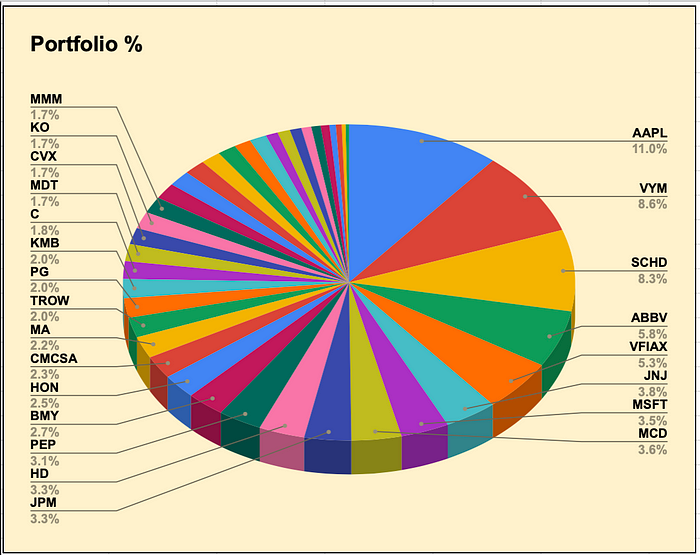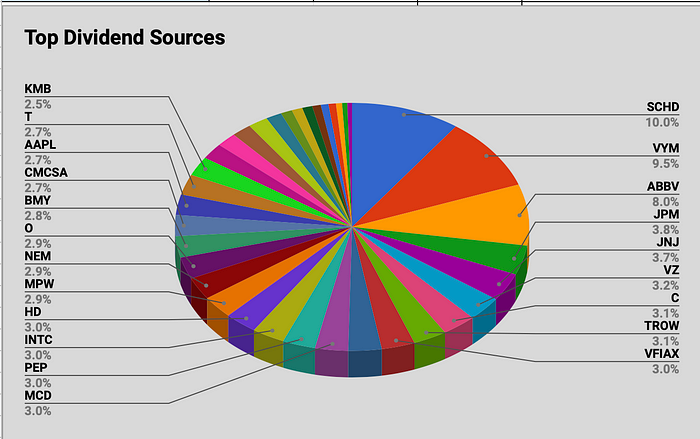A savings account is a financial product that allows you to deposit money and earn interest on your balance offered by the banks. There are numerous benefits of having a savings account. Some of the benefits of having a savings account include the following:
- Earning interest: Savings accounts typically earn a higher interest rate than a checking account, which means you can earn money on the money you have saved.
- Safety and security: Savings accounts are FDIC-insured, which means that your money is protected by up to $250,000 in the event that the bank fails. Always read if the bank is offering the account with FDIC insured. Just see the crypto exchange disasters. They were offering high APY but none of them were FDIC insured and the people lost their savings.
- Easy access: Most savings accounts allow you to access your money through ATM or debit cards, checks, or online banking.
- Flexibility: You can usually open a savings account with a small initial deposit and make additional deposits at any time.
- Goal setting: A savings account can help you reach your financial goals, whether it’s saving for a down payment on a house, an emergency fund, or a specific purchase.
- Discipline: Having a savings account can help you develop a habit of saving money regularly, which can be beneficial for your financial well-being. If you have dependent kids you should discipline them financially. They need your help to build their future.
Benefits of Savings account compared to CDs:
A certificate of deposit (CD) is a financial product that allows you to deposit money for a fixed period of time, typically ranging from a few months to a few years. CDs typically offer a higher interest rate than a savings account, but they also have some differences that may make a savings account a better option for some people. Some benefits of having a savings account compared to a CD include:
- Liquidity: Savings accounts allow you to access your money at any time, whereas CDs have a fixed term and you may face a penalty for withdrawing your money before the term is up.
- Flexibility: With a savings account, you can make deposits and withdrawals as needed, whereas a CD requires you to commit your money for a fixed period of time.
- Risk: CDs are considered a low-risk investment, but they do not offer the same level of protection as a savings account, which is FDIC-insured up to $250,000.
- Ease of use: Savings accounts are generally easier to open and manage than CDs, which may require a higher minimum deposit and may have more complex terms and conditions.
Ultimately, whether a savings account or a CD is the better option for you will depend on your individual financial situation and goals. It may be worth considering both options and weighing the pros and cons to determine which is the best fit for you.
Banks that are currently giving high interest as of 12/29/2022:
APY: 4.11%, $0 Minimum Balance reqd, $0 monthly fee.
APY: 4.1%, $0 Minimum Balance reqd, $0 monthly fee, $10 deposit required to open
APY: 3.85%, $0 Minimum Balance reqd, $0 monthly fee, $100 deposit required to open.
APY: 3.75%, $0 Minimum Balance reqd, $0 monthly fee.
APY: 3.6%, $0 Minimum Balance reqd, $0 monthly fee.
APY: 3.5%, $0 Minimum Balance reqd, $0 monthly fee.
APY: 3.5%, $0 Minimum Balance reqd, $0 monthly fee, Direct deposit from your employer is required to get the APY. The checking account will give 2.5% APY.
APY: 3.4%, $0 Minimum Balance reqd, $0 monthly fee.
APY: 3.3%, $0 Minimum Balance reqd, $0 monthly fee.
APY: 3.3%, $0 Minimum Balance reqd, $0 monthly fee.
Ally financial savings account:
APY: 3.3%, $0 Minimum Balance reqd, $0 monthly fee.
American Express Savings Account:
APY: 3.3%, $0 Minimum Balance reqd, $0 monthly fee.
APY: 3.3%, $0 Minimum Balance reqd, $0 monthly fee.
APY: 6.17% for the first $1,000 afterwords 0.15%, $5 Minimum Balance reqd, $0 monthly fee.
APY: 4% in the Brokerage account, $0 Minimum Balance, $5 monthly fee for gold members.
APY: 1.5% in the brokerage account, $0 minimum balance, $0 monthly fee for non-gold members.
I personally have three savings accounts. Currently, I am saving in the Synchrony savings bank. I also keep $1,000 in DCU bank to get 6.17% interest. I also keep money in Robinhood brokerage account.
This blog was originally written on Medium by the author.













